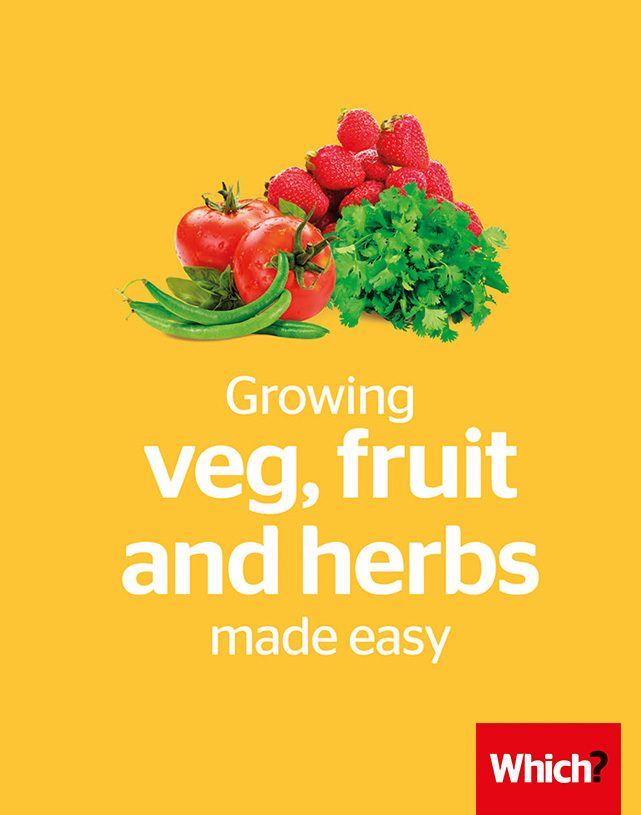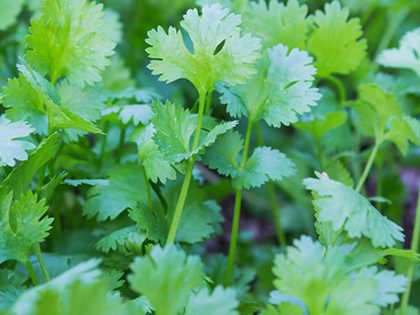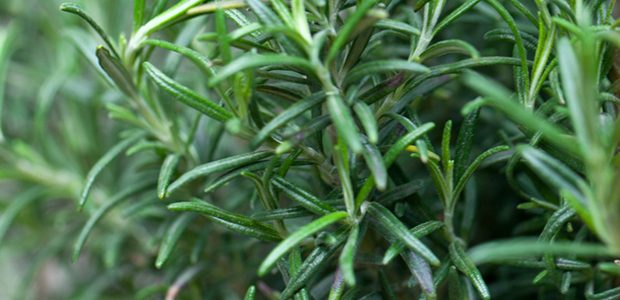User guide
Finding your way around the guide
To navigate between pages, click or tap the arrows to go forwards to the next page or backwards to the previous one. The arrows can be found either side of the page and at the bottom, too (circled in green, below).


Menu/table of contents
Click or tap on the three horizontal lines in the top-right of your screen to open the main menu/table of contents. This icon is always visible whether you're using a computer, tablet or smartphone. The menu will open on top of the page you’re on. Click on any section title to visit that section. Click the cross at any time to close the table of contents.
Text size
On a computer, you'll see three different sized letter 'A's in the top-right of your screen. On a smartphone or tablet these are visible when you open the menu (see above). If you’re having trouble reading the guide, click or tap on each of the different 'A's to change the size of the text to suit you.
Pictures
On some images you'll see a blue double-ended arrow icon. Clicking or tapping on this will expand the picture so you can see more detail. Click or tap on the blue cross to close the expanded image.
Where we think a group of images will be most useful to you, we've grouped them together in an image gallery. Simply use the blue left and right arrows to scroll through the carousel of pictures.
Links
If you see a word or phrase that's bold and dark blue, you can click or tap on it to find out more. The relevant website will open in a new tab.
Jargon
If you see a word or phrase underlined, click or tap on the word and small window will pop up with a short explanation. Close this pop-up by clicking or tapping the cross in the corner.
Help
On a computer, you'll see a question mark icon in the top-right of your screen. On a smartphone or tablet this is visible when you open the menu (see above).
Clicking or tapping on the question mark will open this user guide. It opens on top of the page you're on and you can close it any time by clicking or tapping the cross in the top-right corner.

Homegrown herbs: coriander, rosemary and mint
Homegrown herbs, fresh from the garden or a patio pot, add a zing of flavour to your favourite recipes.
Coriander

If you use coriander a lot, it makes sense to grow your own. The good news is that it’s easy.
If you grow coriander from the culinary seeds sold in supermarkets, it’s likely to bolt (produce flowers) before you’ve harvested much leaf. Instead, named varieties, bred for leaf rather than seed production, are a better bet. Bolting can still be a problem with these, but several claim better resistance to it. Some even have unusual feathery leaves.
We recommend ‘Calypso’, which is less likely to bolt than other varieties. For the best taste, choose ‘Lemon Coriander’.
How to grow
- Coriander doesn’t like being moved, so it’s best sown where you want it to grow, either in the ground or in large pots. Sow in late spring or early summer.
- Well-drained soil in a sunny spot is essential. If you’re growing it indoors on a windowsill, give it plenty of light and don’t overwater.
- Coriander is annoyingly quick to flower and sets seed before it has produced much leaf, so it’s best to sow little and often. Watch out for fine, feathery leaves – a sure sign that the plants are about to flower.
- Keep picking mature leaves as and when you need them. Collect it and use in cooking, setting some aside to sow for another crop.Tip
For a supply of coriander during the autumn and winter, sow seeds in pots in August and keep on the windowsill.
- Regular cropping should delay flowering. Once the plants do flower, allow them to set seed. The seed is ripe when it stops smelling unpleasant.
Rosemary

Rosemary is widely available as an established plant in garden centres for planting in spring. For more plants, take cuttings from young shoots in spring or summer. The plant can also be used as a low hedge.
We recommend the common rosemary (Rosmarinus officinalis), the hardiest form and most used in cooking. ‘Miss Jessopp’s Upright’ is a more vigorous, upright variety and makes a good focal point in a herb bed.
How to grow
- Rosemary is slightly tender and needs a sunny, sheltered position in well-drained soil; it does well in chalky soils.
- If growing it in a container, add some grit to the compost to aid drainage and don’t overwater. After flowering in March, trim into shape and feed.
- You can pick leaves from this evergreen all year round. It’s a good idea to dry some leaves at the end of summer if you want to use lots of rosemary over the winter, or add a sprig to olive oil for salad dressings.
An inferior controlled-release fertiliser can leave your plants performing poorly. We tested five of the leading brands to see which gave plants the biggest boost. Which? members can log in to see full details of our Best Buy slow-release fertilisers.
Mint
Mint grown from seed will rarely be the same as the parent plant, so the only way to get your favourite mint is to buy established plants – garden centres will have a good supply in spring.
Spearmint (Mentha spicata) is the familiar mint with long, pointed leaves and a refreshing flavour. For food, teas and salads, choose ‘Moroccan’ and ‘Tashkent’ mints. ‘Apple’ mint has a mild mint flavour and apple-scented, woolly leaves. ‘Pineapple’ mint has pretty, cream-streaked leaves and can also be used in cooking.
How to grow
- Mint prefers moist soil and light sun to shade. Keep it well watered and remove the flowers to stop it self-seeding. Self-seeding plantsPlants that produce seeds that fall on to the ground and produce lots of seedlings. Feed with a liquid fertiliser.Tip
All mints are invasive to some degree, spreading via underground stems. This makes it better to grow it in containers. Divide every two to three years in spring to keep them vigorous.
- Pick fresh mint leaves throughout the growing season. Pick leaves before flowering and freeze them, either whole or chopped, in airtight containers.
Some types of mint can be susceptible to mint rust - visit the Gardening Helpdesk to find out what to do if your plants are affected.

